“Recent wind towers 100-m tall are the new norm,” remarked an attendee at a recent wind conference. Towers are likely to reach even higher in coming years. That’s good for power production but not so good for the techs who must climb the towers to service equipment. It makes sense that in addition to a safe ladder with fall protection, most towers should also have a service lift that makes it safer, easier, and faster for the technicians to get up and down tower. Service lifts (they are technically not elevators) in wind-turbine towers must be approved by authorities, as are elevators in buildings.
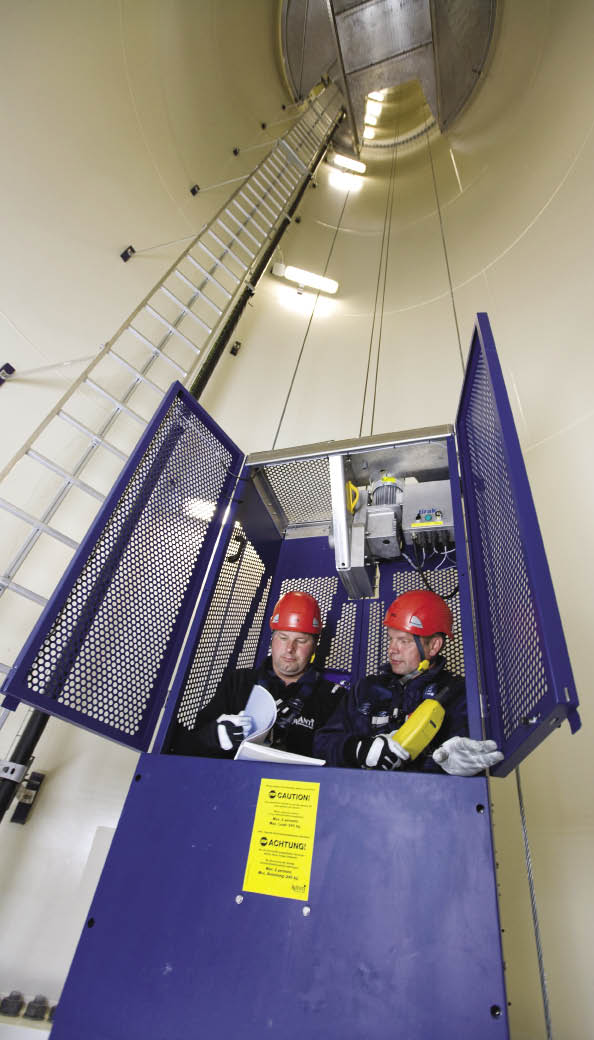
The service lift from Avanti Wind Systems has a 533-lb capacity, enough for two techs and tools. To minimize welds for lift guides, the two wire ropes (on the side of the blue cage) that lift the platform are tight enough to maintain lift stability. The company says it has produced and installed more than 16,000 service lifts in wind-turbine towers worldwide.
Several states have required that service lifts in wind-turbine towers meet the same requirements and standards as elevators in buildings. Therein lies a problem. “It’s not possible,” says Avanti Wind Systems General Manager Kent Pedersen. “For example, there are a lot of welds in elevators and elevator shafts in buildings. In a wind-turbine tower, however, the lift is cable driven and guided because the tower must have as few welds as possible for the sake of its safety and structural complexity.”
This is one reason members of National Association of Elevator Safety Authorities (NAESA) from several central-region states attended a seminar regarding safety of service lifts in wind-turbine towers. The purpose of the seminar was to introduce elevator inspectors to the wind industry and expose the wind industry to existing and new elevator compliance. More than 40 certified elevator inspectors participated.
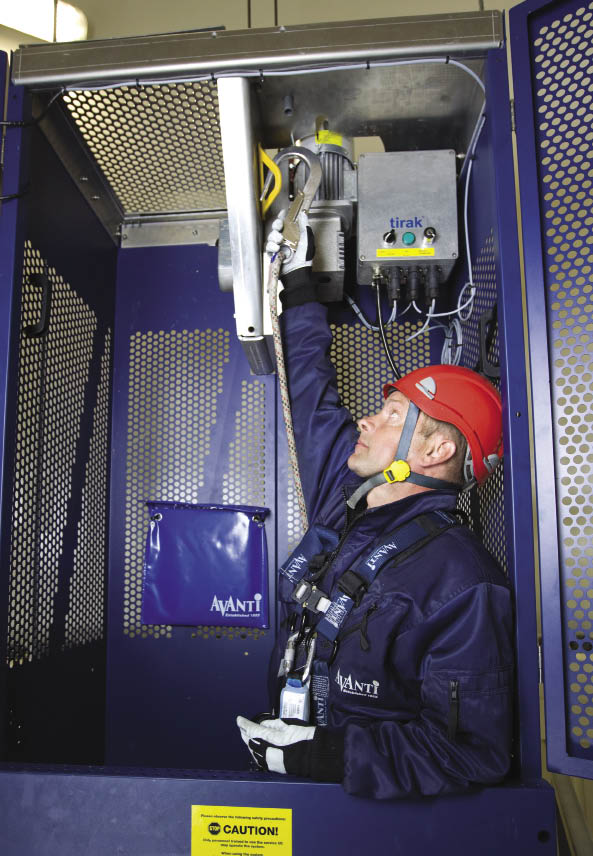
Service lifts, sometimes called work cages because techs occasionally work from them, also provide safe and fast access to the top of the tower.
Currently, several states follow rules that say an elevator inspector must give official approval before a service lift is used in a wind tower. “Consequently, it’s important for inspectors to know the safety considerations and training that we provide for our lifts and ladders,” says Pedersen. “They should know the difference between an ordinary elevator in a building and the details of a service lift in a wind tower,” he says.

Safety ladders and service lifts work well together in turbine towers, each providing support for the other.
Requirements for service lifts in wind turbines vary from state to state, but a new national standard in a final review stage is expected to take effect in 2012 or 2013. Once adopted, the new standard will ensure the same requirements nationwide. “More importantly, it will further enhance the safety of the technicians working in wind-turbine towers,” says Pedersen.
The coming standard was a big part of the discussions and presentations at the seminar. Most states require an approval of every service lift before it is put into use. The lift must be tested by a certified inspector and it must be inspected at least once a year like other safety equipment in wind-turbine towers. This is done by lift manufacturers such as Avanti Wind Systems, technicians authorized by the company, or a certified inspector. Anyone working in wind-turbine towers should meet the safety rules issued by authorities and owners of the wind farm. This also applies to official elevator inspectors. WPE
By: Kent Pedersen of Avanti Wind Systems, www.avanti-online.com
Filed Under: O&M, Policy, Safety

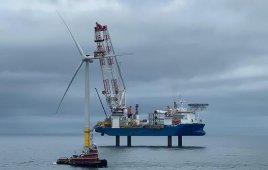
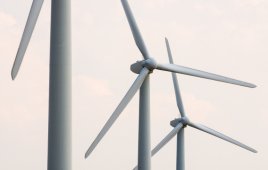
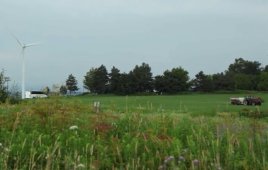
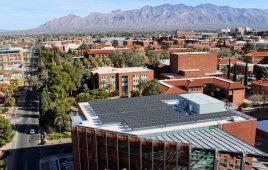
I know this article was a long time ago, however, what has been stated in this article is false, and dangerous. For the record, technically they are elevators, for over 35 years I have worked on the very same equipment in the elevator industry, out in the regular commercial world of elevators. ASME A17.1 5.11 Wind Turbine Tower Elevator Code was published in 2013 Once that code was published they were officially considered elevators in the USA. To later become A17.8 stand-alone code for wind tower elevator code. When the American Society of Engineers recognized the need for a nationalized safety code for something that previously had no safety code of any kind, from any accredited governing body, they created a committee to study this, and hence write a safety code for it. I sit on this committee and have written code for this since 2012. I have worked on Avanti elevators in wind towers and many other manufactures of these elevators. I still work on wind turbine elevators day in, and day out, and have for almost eight years. In the wind, and elevator industry my experience and expertise with this equipment has led me to be considered an expert in this industry. As I stated before. THEY ARE ELEVATORS that is a fact. Have no doubt they are elevators. This has been a personal pet peeve when I here said that they are not elevators. I just wanted to clarify this for the record, you need to fix it online where it states they are not elevators. That is a false statement, which could lead to companies that are looking for proper service, maintenance, repairs, and installations on this equipment may find it from untrained, unskilled folks trying to work on this equipment. That is dangerous. Trust me I have had to fix many a life-threatening situation because the person who tried to fix them did not know what they were doing. Thank you for your time, and for hearing me out.